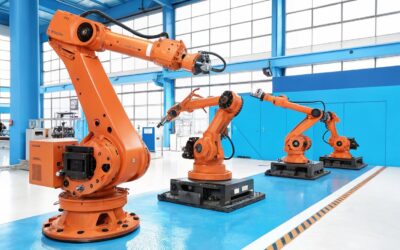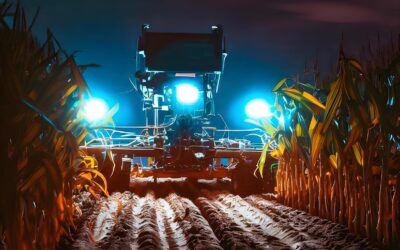Noun
- Biorobotics is the field of robotics that studies the integration of biological materials, systems and principles into robotic technology.
Synonyms
Bio-inspired Robotics, Biomimetic robotics, Biomechatronics
Antonyms
non-biological robotics, traditional robotics
Etymology
The term “biorobotics” is a combination of “bio,” meaning of life or living organisms, and “robotics” the field of study that deals with the design, development, and use of robots.
The term has been widely used in the scientific literature since the 80s
Related terms
Soft robot – Neuro-robotics – Prosthetics robot
Questions
What are some of the advantages and disadvantages of using biorobotics?
Advantages of biorobotics include the ability to design robots that are more adaptable, resilient, and capable of operating in complex and unstructured environments. Biorobotics also can provide new ways to understand the principles of living organisms and the potential to develop new technologies for medicine, agriculture, and environmental monitoring.
How does biorobotics related to soft robotics?
Soft robotics and biorobotics are related in that both fields make use of flexible, compliant materials and focus on the development of robots that are able to interact more effectively with their environment. However, biorobotics specifically focuses on using biological materials and principles, while soft robotics can also include non-biological compliant materials.
Some examples of soft robots
What are the main applications of biorobotics?
The main applications of biorobotics include developing prosthetics and assistive devices for people with disabilities, studying and replicating animal and human movements for research purposes, and designing robots to perform tasks in hazardous or inaccessible environments. Biorobotics is also used in the field of agriculture to develop robots for harvesting and other tasks, and in the medical field for surgical procedures and drug delivery.



